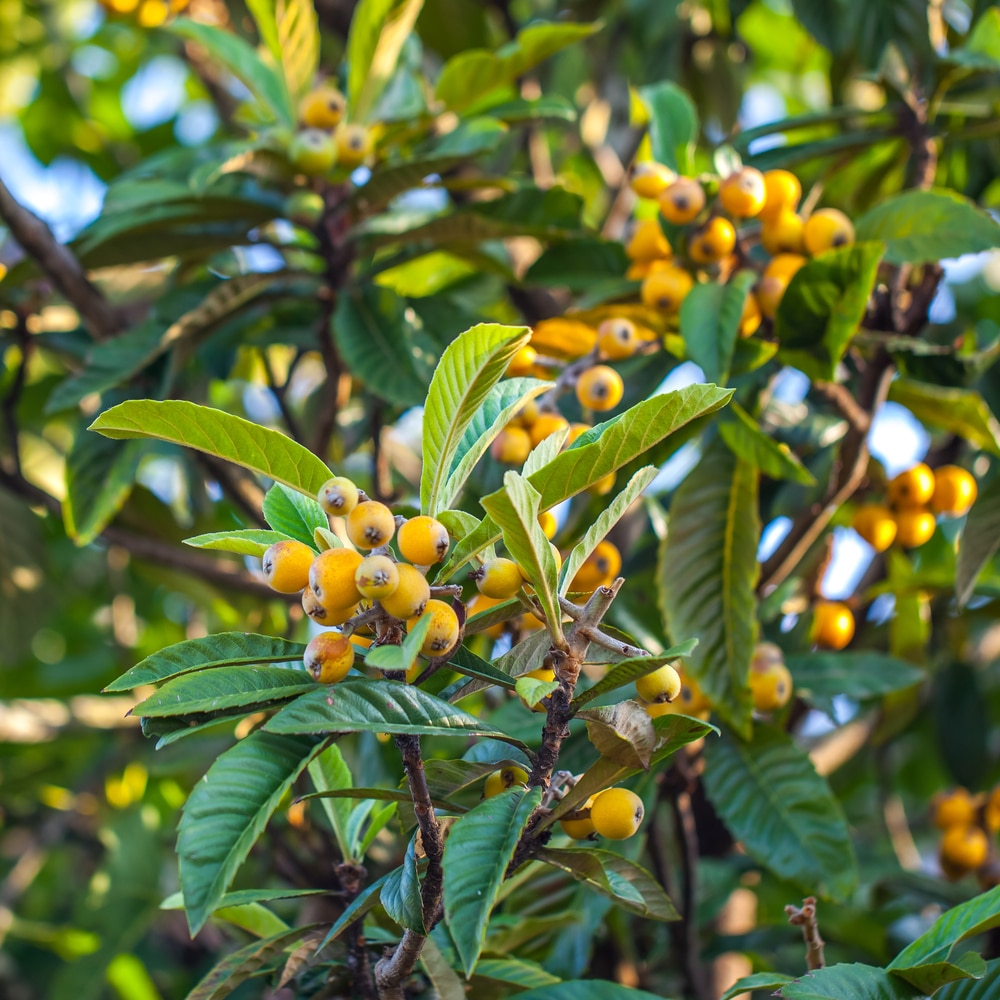Loquat (Eriobotrya japonica)
Also
known as
The
following plant information was last updated on 8/1/2021.
This plant was propagated on Spring 2020
This plant was last up-potted on 8/1/2021
Plant Type: subtropical evergreen fruit
shrub/tree
Plant Family: Rose family
Native Region(s): southeastern and central China
Landscape Use: bush/shrub, tree
Height: 16–33 feet maximum, usually 10–13 feet
Spread: 15-20 feet
Spacing: 25-30
feet or more away from structures, electrical lines, and other trees
Hardiness Zones: 8-11
Hardy Down To: 8° to 10°F (flowers and fruit are killed by
temperatures below 27°F)
Light: full sun
Water: Newly planted loquat trees should be watered at planting
and every other day for the first week or so and then 1 to 2 times a week for
the first couple of months. For the first 3 years, water once a week during
prolonged dry periods (e.g., 5 or more days of little to no rainfall). Once the
rainy season arrives, reduce or stop watering. Once loquat trees are 4 or more
years old, water them during the fruit development period and during prolonged
dry periods.
Soil: well-drained
soils, from fertile loamy soils to clay to gravelly limestone-based soils
Pollination Type: self-fertile; 2+ trees
increases fruit yield
Maintenance: During the first 1 to 2 years
after planting, prune young trees by tipping shoots in excess of 2 to 3 ft.
Tipping will increase branching. Trees may be trained to a modified central
leader or open center configuration. Mature trees may be selectively pruned to
maintain trees at 6 to 12 feet in height.
Season(s) of Interest: flowers appear in the autumn or early
winter; fruit begins to ripen during spring to summer
Culinary Uses: Eaten fresh alone
or in fruit salad, as sauces, jam, jelly, chutney, gelatin desserts, poached in
light syrup, juices, smoothies, batidos (Equador), alcohol, fruit wine,
nespolino liqueur (Italian, from the seeds). Made into confections. Firm, slightly immature fruits are best for making cobblers, pies, or tarts.
Additional Resources:





Comments
Post a Comment